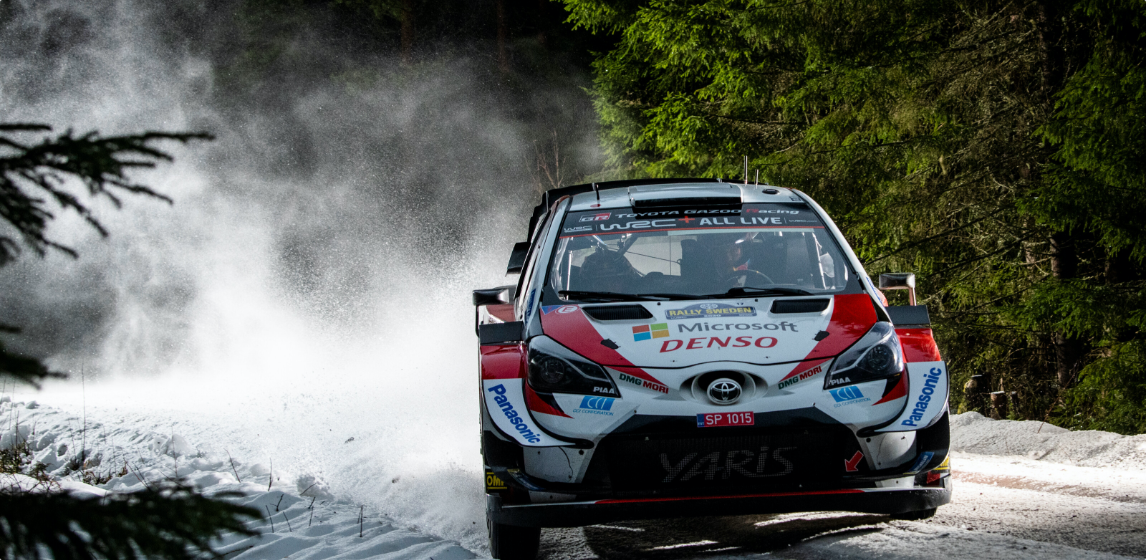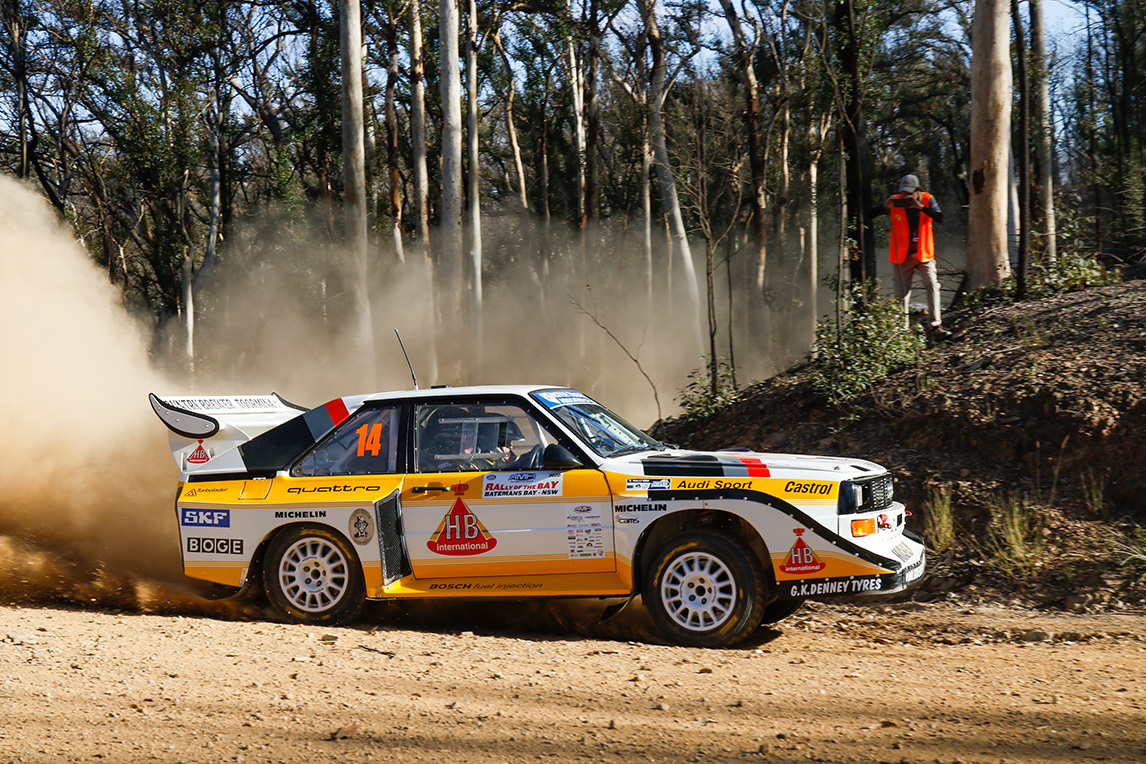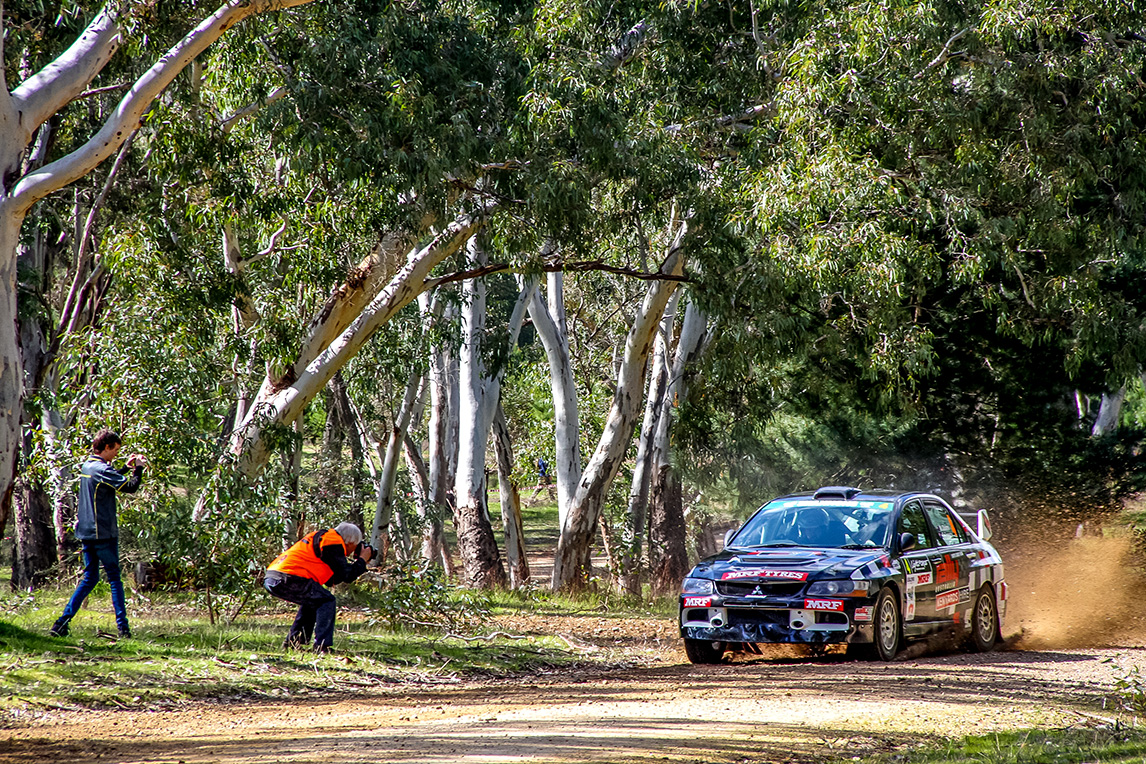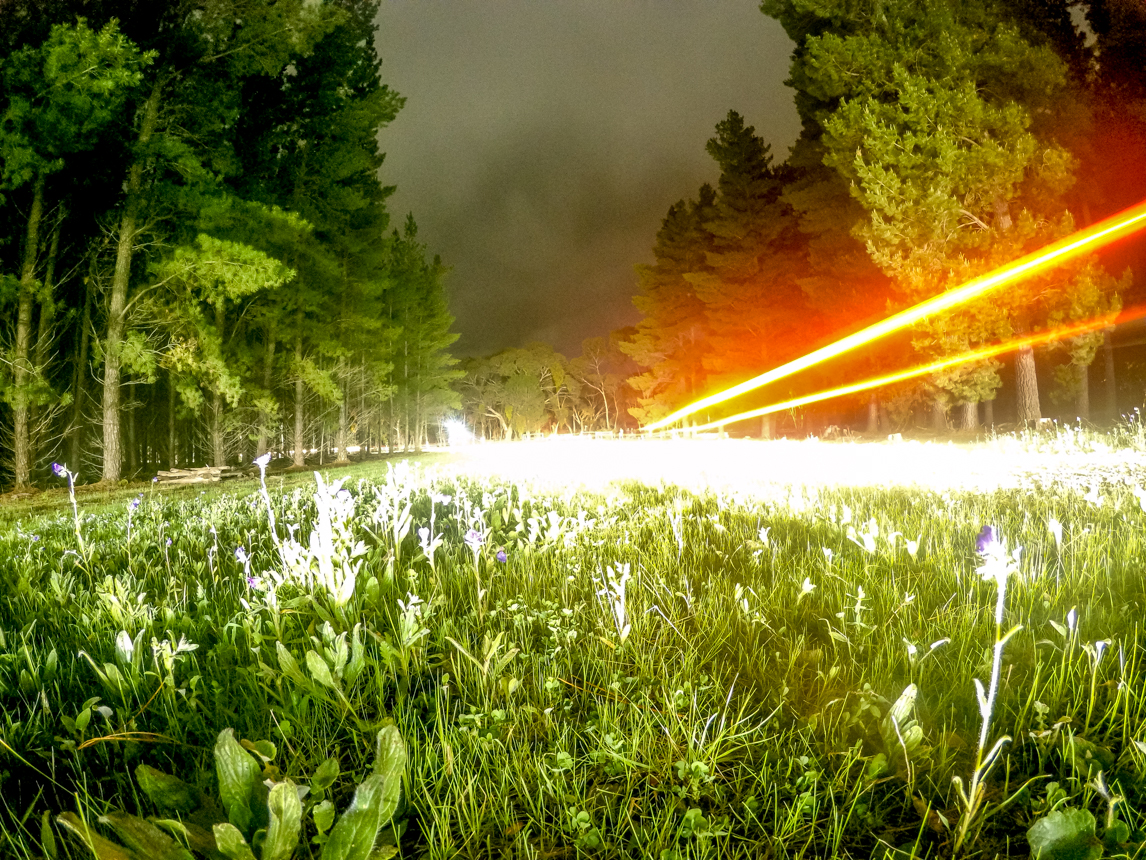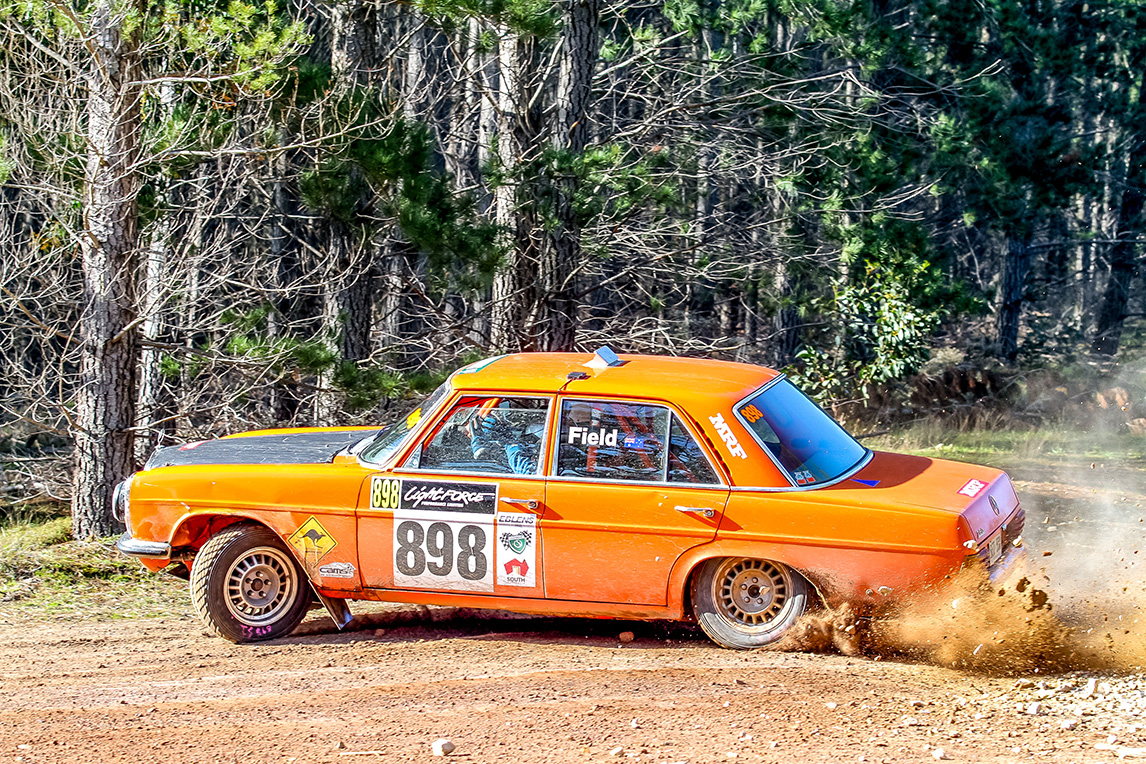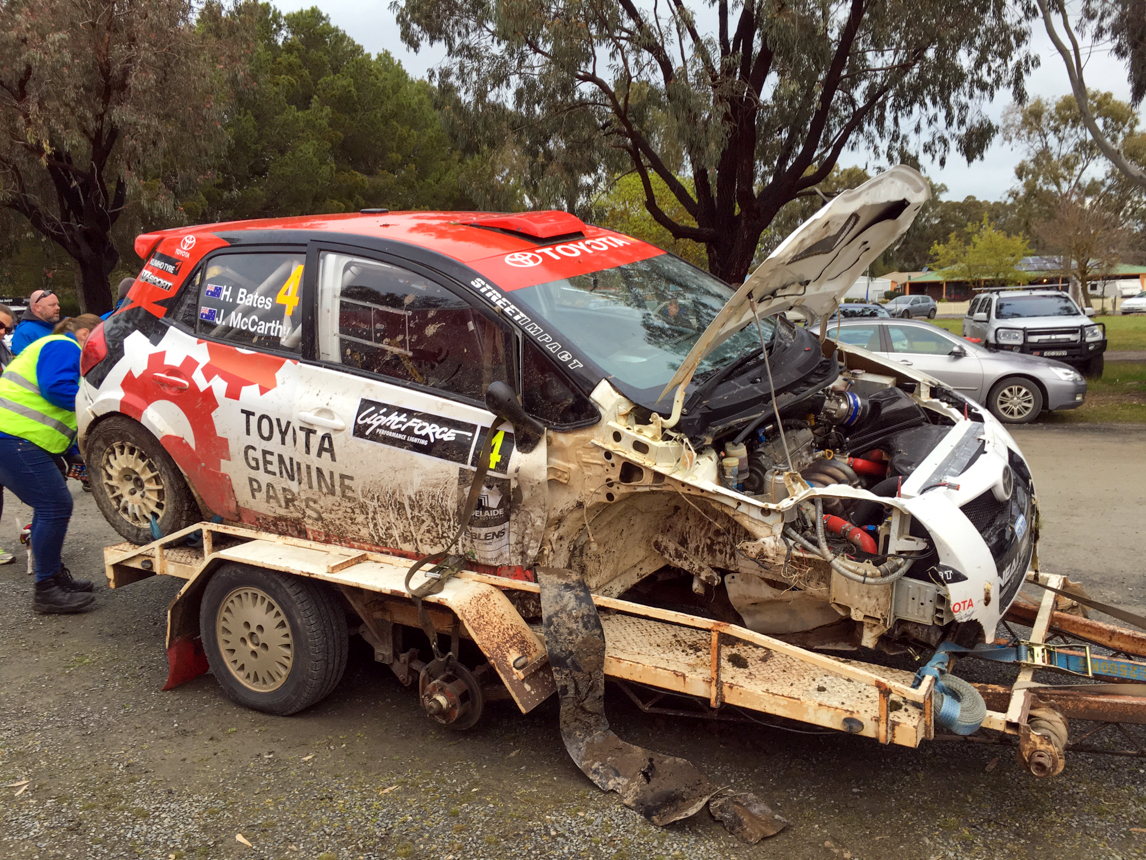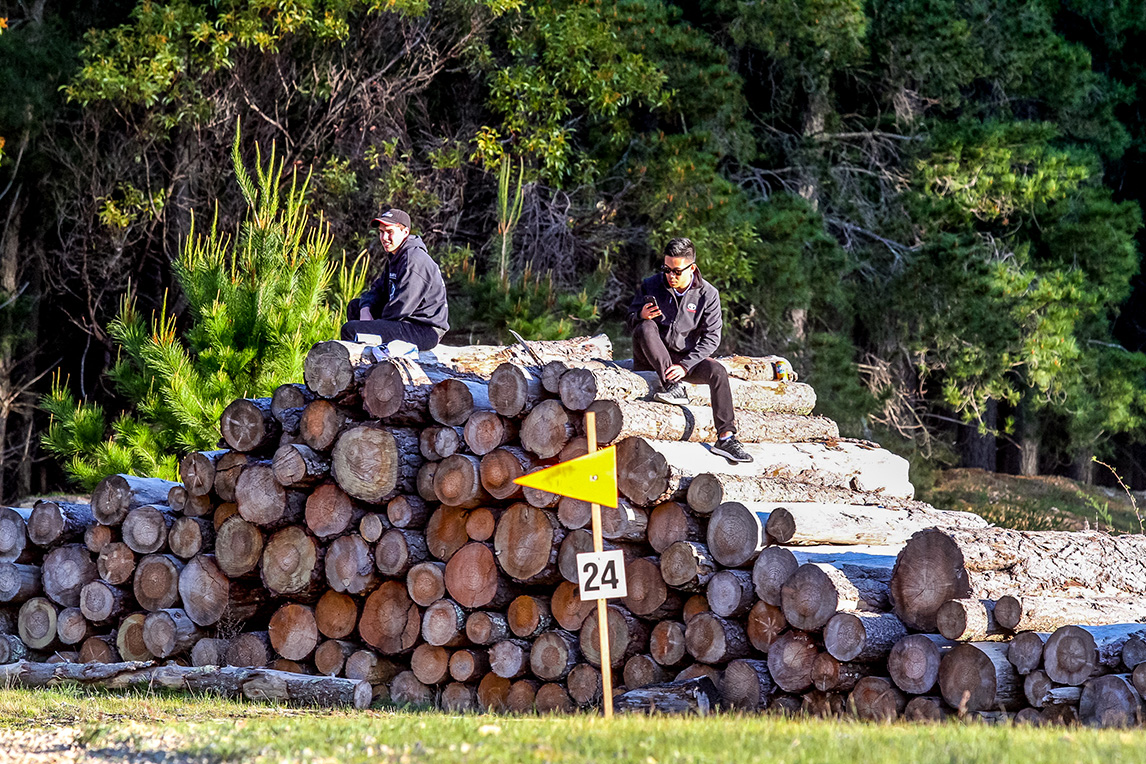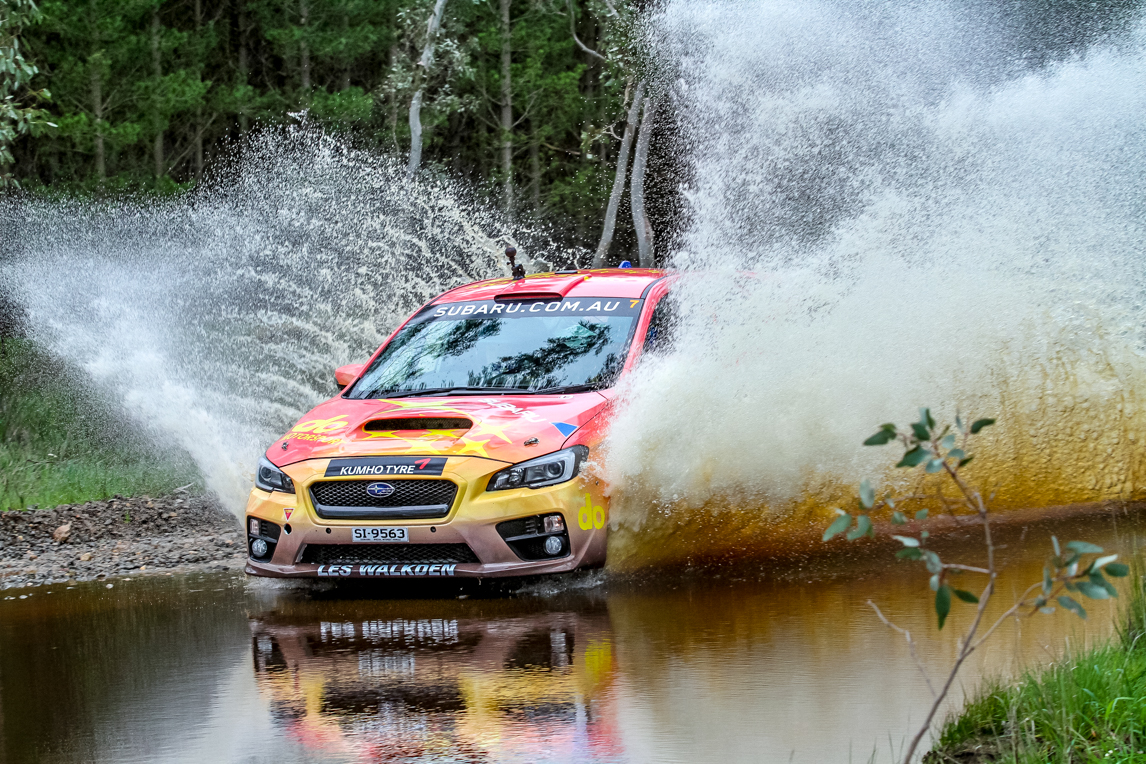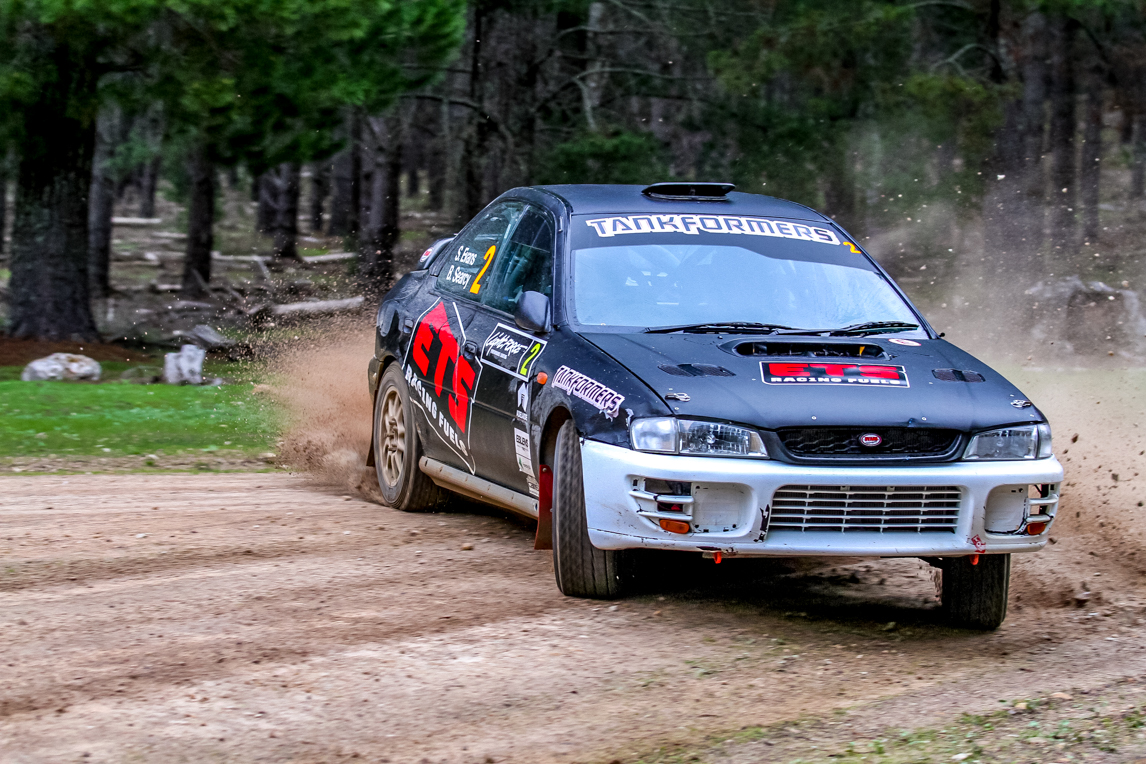You’ve seen it all over the internet and reckon you could be the next World Rally Champion. You’ve got the skill, the dedication and the enthusiasm to make it to the top, but you’re not sure where to begin or how to start rallying.
So, to help you on your way to making it big in the rally world, we’ve put together this little guide to point you on the path to success.
But take our advice, you’ll need to start at the bottom to make it to the top, unless, that is, you have a friend who owns a Swiss bank and can stump up the money to get you into a World Rally Car straight away.
As Australian racing legend, Dick Johnson, once said: “If you want to make a small fortune in motorsport, you need to start with a large fortune.”
Rallying is one of the world’s most exciting sports, with a round of the World Rally Championship held in Australia each year.
How to get into rally driving?
Obviously, the best way to get into rallying is firstly to find out when and where rallies are held and go out to spectate to see what it’s all about.
You can get information on when and where rallies are conducted by visiting the websites in each state (listed below), via news, event and team updates at www.rallysportmag.com, or through a local car club.
- New South Wales rallying
- Victorian rallying
- Queensland rallying
- South Australian rallying
- Western Australian rallying
- Tasmanian rallying
Most rallies in Australia are conducted under the Motorsport Australia umbrella, and their annual Motorsport Australia Manual also details the rules and regulations required both for competitors and cars.
When you get around to obtaining a Motorsport Australia licence to compete (explained later), you will have access to either a hard copy (printed) or a soft copy (PDF) of a Motorsport Australia Manual as well.
There are also rallies conducted under the banner of the Australian Auto Sport Alliance (AASA) – an organisation similar to Motorsport Australia in that they issue permits and insurance cover for clubs to run rallies in Australia.
Spectating at rallies provides you with all sorts of opportunities without having to spend much money or make a commitment until you decide if the sport’s for you or not.
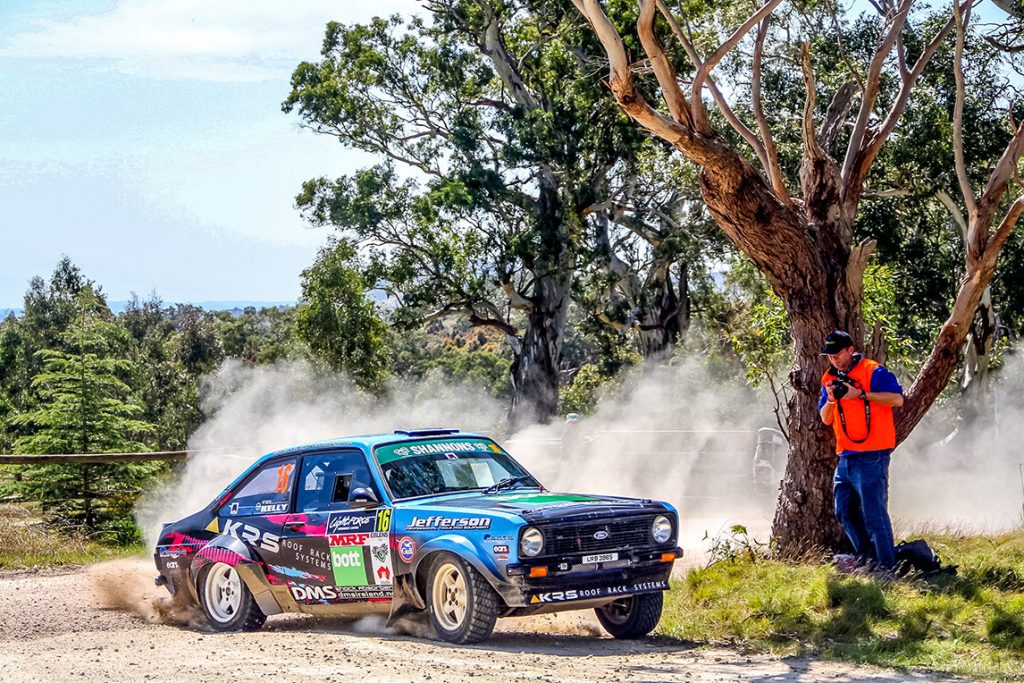
Choosing a rally car
There are a wide variety of classes for rally cars to compete in, from front-wheel drive, rear-wheel drive or 4-wheel drive, and some of these are divided into engine capacity classes as well, so you can watch the difference in speed and handling of particular vehicles before you decide to buy a car of your own.
There is also now a big interest in Historic and Classic rallying, which is another way to get into rallying in cars from the past that are still very competitive.
Of course, you may not want to buy a car of your own, but this won’t stop you being involved – there are always opportunities for you to be involved as a navigator or co-driver, or as an official on events.
The Motorsport Australia website has a full list of downloadable rules and regulations on the various vehicles and event structures which can be found on the Motorsport Australia website.
If bitumen or tarmac is your thing, then there are plenty of rallies that will suit your needs.

How to start rallying
If you like what you see after you’ve been spectating, then you have to choose whether you want to be a competitor (a driver or a navigator/co-driver) or an official, and our advice would be, no matter what you decide, get involved and to join a car club that conducts rallies.
There are hundreds of car clubs right around Australia, many of whom are involved in organising car rallies or whose members compete in rallies. Membership of a typical Australian car club can cost from $60 to $150 per year, depending on the particular club you choose.
You can find car clubs in your area of your state HERE.
Then it’s just a matter of contacting the car club secretary for details of when the club meets and what its program is.
Of course not all car clubs are the same – some are involved in circuit racing only, others with historic motorsport, there are one-make car clubs and there are others involved purely in rallying, so you need to choose one which suits your needs and specialises in rallies.
Rally driving may not be for you, but being a member of a service crew could be your entry into the sport.

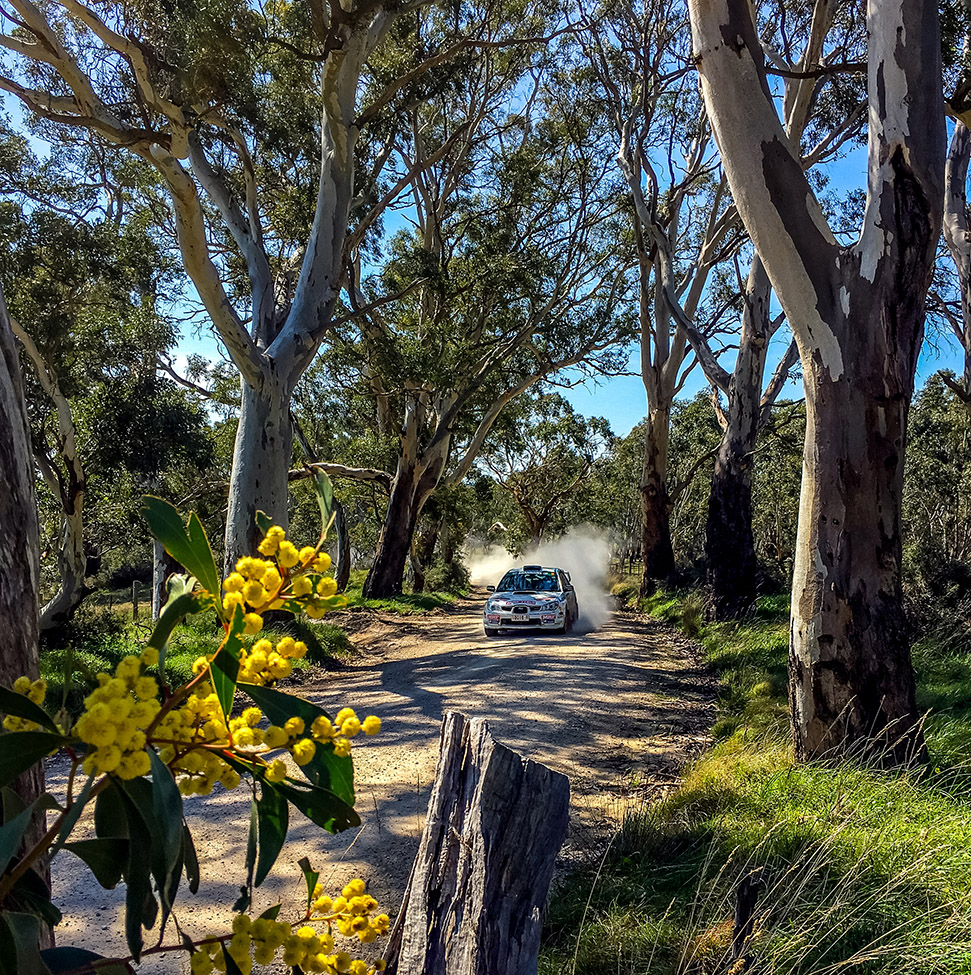
What next?
Once you have joined a car club, spectated at a few events and before you decide to become a rally competitor, it’s wise to offer to become an official on your club’s next event.
By being an official on a time control or road closure (or in any other capacity, for that matter), you’ll quickly get to know how rallies are run and what’s required to compete in them.
Car clubs are always on the lookout for willing helpers, and by offering to be an official, you usually get to see the action at the best possible locations (and without the expense of competing!).
Working for a factory team in the WRC could be your goal, and may well be within your reach.
Some clubs often help out at major rallies like rounds of the State, Australian or World Rally Championship, where officials at these events get to see the best possible action in Australia. Being part of the action at your own private vantage point is a real buzz – just like being a track marshal at a Formula 1 or Supercar race.
For insurance purposes, all officials are required to sign on with the organisers to ensure that they are covered by CAMS’ insurance while on the job.
One of the first jobs you will be given is as a road closure official, where you are positioned to stop members of the general public entering the rallying route, but you may want to move on to a time control official, as a set-up official, a radio operator or a stage commander – the list of interesting jobs goes on and on.
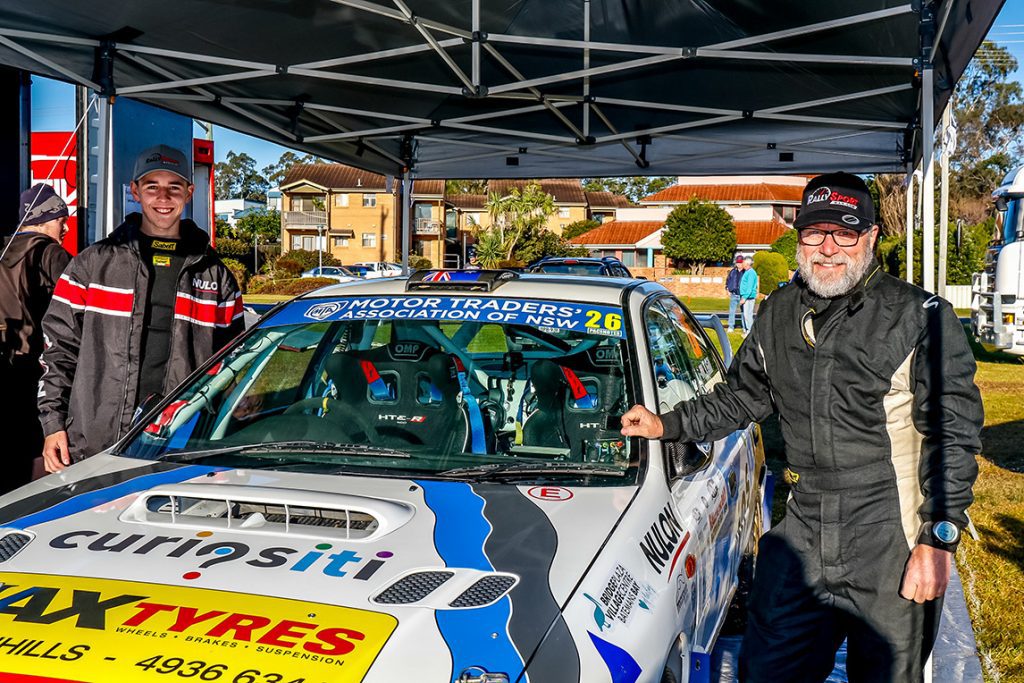
How to become a rally driver or co-driver
Once you’ve got a basic idea of what’s involved, the next step is to become a competitor.
Naturally this can be expensive if you want to compete in your own rally car and become a rally driver, but you may choose initially to be a navigator or a co-driver which is cheaper and often involves splitting the costs with the car driver/owner.
If you’re interested in navigating (or co-driving as it’s usually called these days), there may be someone prepared to take you under their wing and show you the finer points of co-driving and navigating.
Car clubs are always on the lookout for willing helpers, and by offering to be an official, you usually get to see the action at the best possible locations (and without the expense of competing!).
Both these important parts of rallying are quite different. You may decide that you only want to do events that do not require map reading, or you may want to have a go at a real navigational event where accurate map reading can either win or lose you an event. Many good co-drivers are adept at both.
Or alternatively, you might like to be part of someone else’s service crew, helping them when they compete in rallies by servicing their car, being part of the back-up crew, or even taking on menial tasks like making the coffee and sandwiches, cleaning windscreens, lights, and so on.
Rallying offers all ranges of driving challenges, including competing in the dark on many events.
The different types of car rallies
If you really want to learn how to become a rally driver, the best way to start is by competing in several other types of events will put you on the right path towards rallying.
Most clubs run motorkhanas, khanacrosses or autocrosses, low-speed events that enable you to try out your driving skills in a safe and controlled atmosphere.
These sorts of events are a great way of learning car control, handling and braking. No special vehicle is required to compete – your ordinary road car is usually quite adequate – often with some minor safety requirements, such as a fire extinguisher and an approved helmet for the driver.
There are also events with navigational content that can be entered in your road car – Touring Assemblies and Touring Road Events. While these are becoming less popular among younger competitors, clubs such as the Historic Rally Association in Victoria, and New South Wales’ Classic Rally Club still run several of these low speed events.
Touring Assemblies are very similar to a treasure hunt in that you are required to find clues and answer questions while driving around a prescribed route in your car, but have a greater degree of navigation. These light-hearted events are great fun and teach crews the meaning of working together as a team.
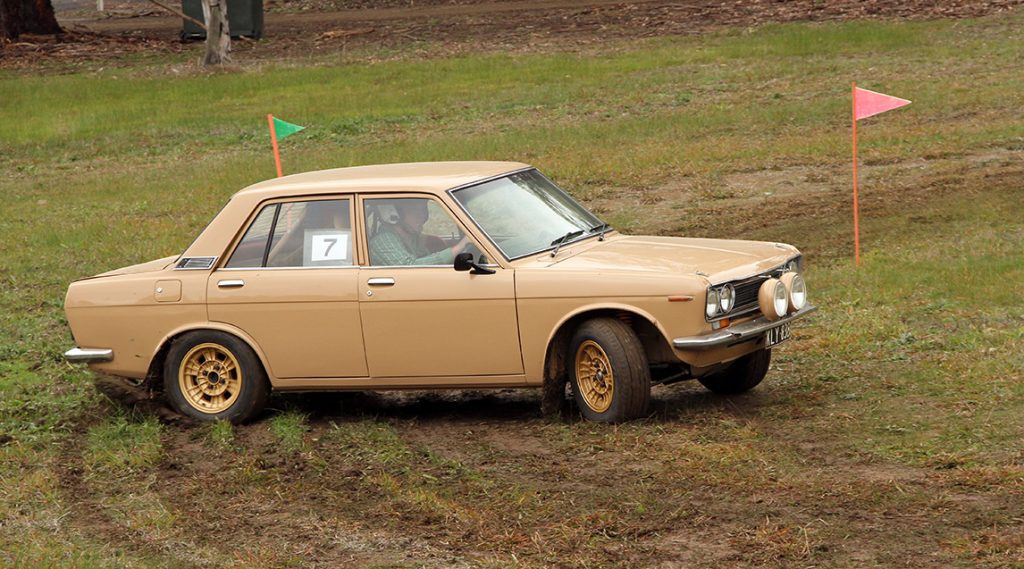
Khanacross events are low cost motorsport events that even standard road cars can compete in.
No special modifications are required to your car, but the navigation can be quite hard, so competing with a more experienced driver or navigator is recommended to start with.
Touring Road Events tend to be a little bit more expensive to enter and usually last for one or two days, and are often slanted towards Classic cars, but almost any vehicle can usually enter.
Often they are conducted entirely on sealed roads, but some are held on mixed surfaces.
Touring Road Events usually consist of map reading or navigational sections on open roads, so these events are often won by experienced navigators, however most TREs also include a ‘novice’ or ‘beginners’ section with easier navigation – ideal for someone wanting to get into rallying cheaply.
No special car preparation is needed, unless a TRE includes speed tests such as sprints or high-speed sub-events, but your car will need to be scrutineered by a licenced tester to make sure it is in a safe working order.
Buying a standard road car and building into a competition rally car may be your goal.
Buying a rally car
Before you go out and spend your hard-earned money on a rally car, talk to the club members who are involved in rallying and ask them their advice. If they’re competitors themselves, they’ll often know the traps to avoid, and the tricks for building a competitive car, and even what car to choose.
While the sight of World Rally Cars flying through the air at supersonic speeds might set your blood on fire, just remember that to purchase one of these will cost you well over $1 million – and that’s not including the running costs for a season!
Not everyone has the ability or the skill to be a world class rally driver, so you’d be well advised to look at what other club members like yourself are driving.
An early Datsun 1600 or Stanza, a Ford Escort, Mazda, Suzuki, Corolla, Ford Fiesta or Hyundai Excel are all good “toe-in-the-water” options to help you launch your rally career.
World-beating they’re not, but they’re often cheap to run and not too expensive to fix if you should happen to crash (as you will at some stage!).
A classic Escort or Datsun might be your entry into rallying, or perhaps something more modern.
Once you’ve got the hang of rallying and feel you’d like to move up the ladder a bit, you can then think about a more suitable and quicker car.
Of course almost any car can be a satisfying rally car – it just depends on the level of commitment you have to offer, or the type of car you’re particularly interested in.
An important decision to make at this point is whether you want to build your own rally car or buy one that has already been built by someone else.
This latter option can sometimes work out a lot cheaper and with a lot less hassle, because somebody else has already done all the hard work, often bought and fitted the right bits, and set the car up properly for rallying, before losing interest, upgrading to something faster, or simply having run out of money.
Building a rally car from scratch can be expensive, so you may choose to buy one already built.
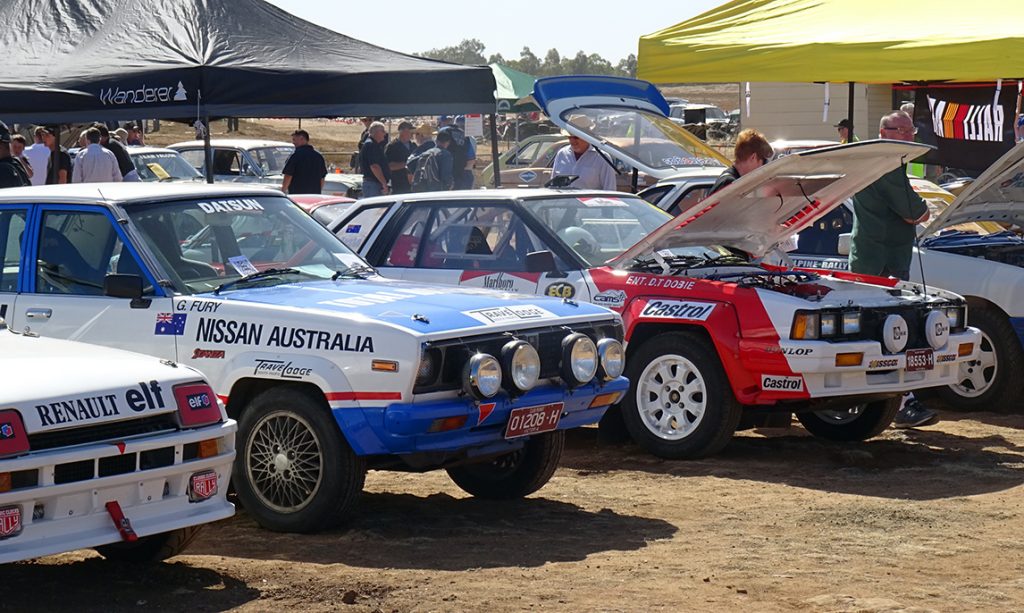
What’s it going to cost to start rallying?
Like most competitive sports these days, rallying doesn’t come cheaply, although it need not be prohibitively expensive.
Having joined a car club, you will need to purchase a Motorsport Australia or AASA licence that allows you to compete and gives you the benefit of the relevant insurance policy.
A typical entry-level licence, a 2NS (non-speed) licence costs less than $100, and generally allows you to compete in closed-to-club events in Australia, however if you want to go on to bigger events, you will need a Clubman Rally Licence that will set you back less than $2000 for the year.
On top of this you’ll be faced with the entry fee for the particular rally you wish to compete in. These, depending on their status, can cost from around $300 for a small club level event, right up to $1500 or more for a two-day Australian Rally Championship round.
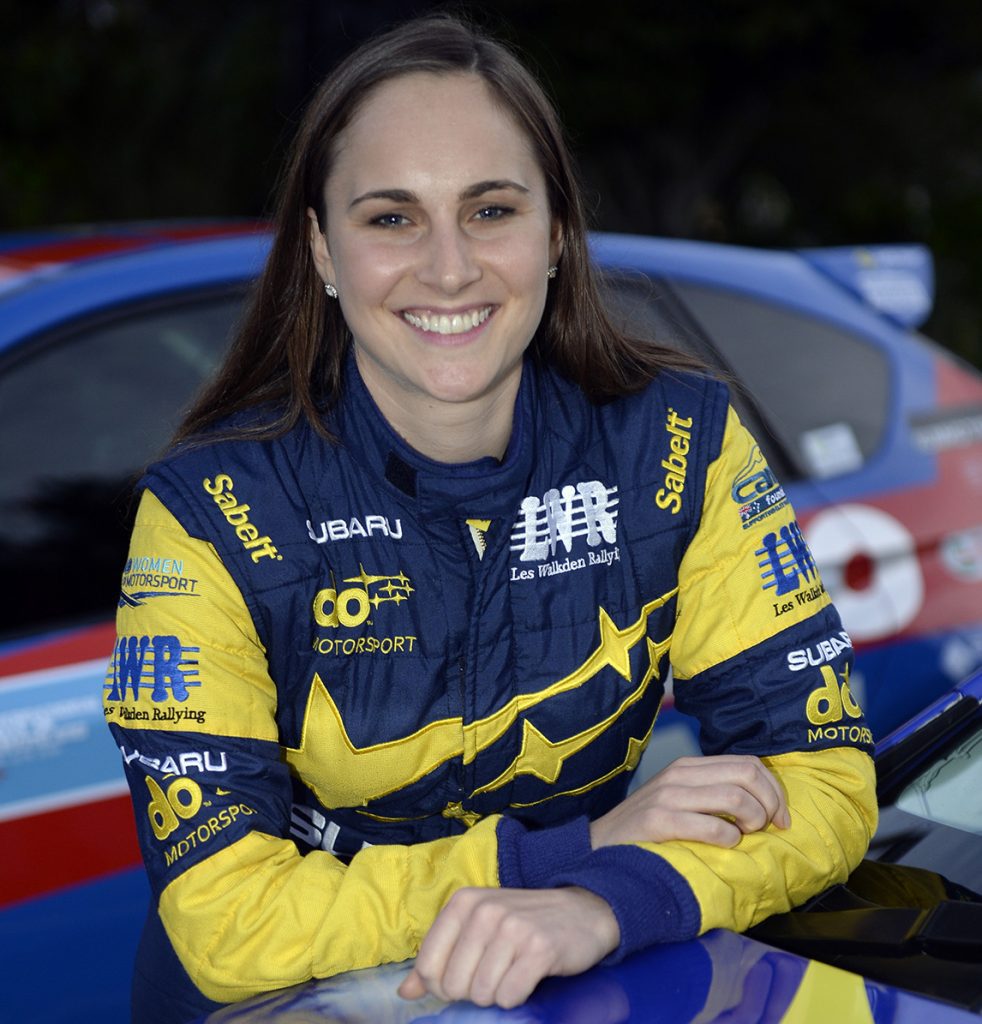
Although this might sound expensive, remember that these entry fees offer you insurance cover as well should you be involved in an accident, and this can be a comforting thought as you’re blasting through the bush.
Once again you can share the costs – many crews split some of the running costs. If both of you pay half of the entry fee and running costs, most events can work out to be reasonably inexpensive.
Naturally, it doesn’t matter what gender you are to go rallying. Rallying isn’t a totally male-dominated sport – there are many excellent female drivers co-drivers competing around the world and the physical demands are not beyond either guys or girls.
And just to prove the point, Molly Taylor is not only a factory Subaru driver, but also won the 2016 Australian Rally Championship against a field of mostly male competitors.
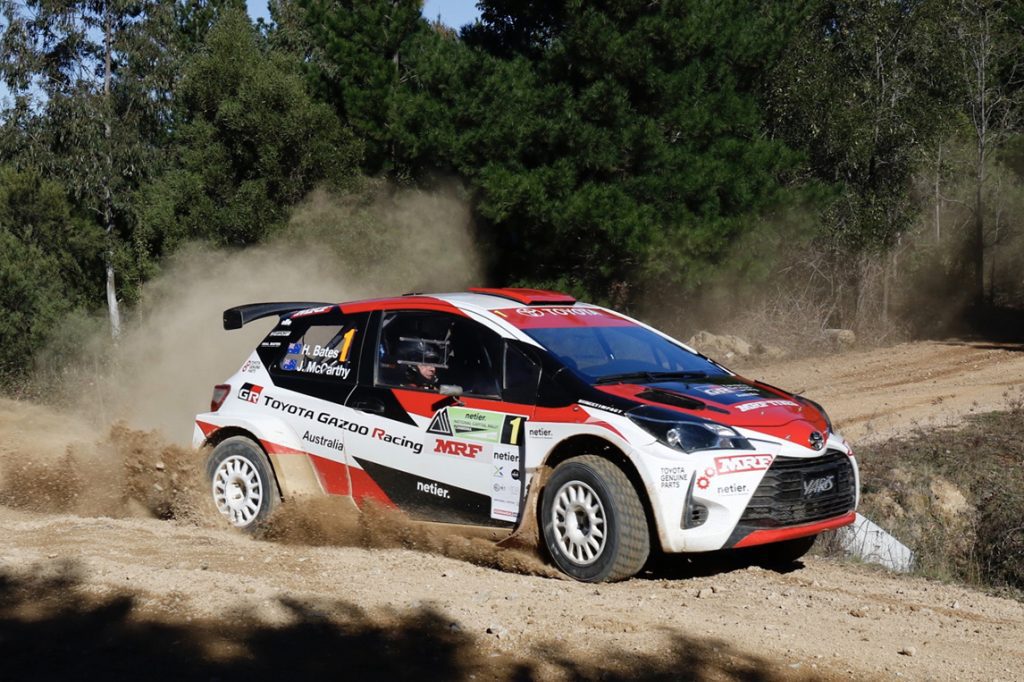
Where do I find out about car clubs to join?
Finding a car club near you is easy, and simply by visiting the Motorsport Australia website you’ll come up with a big list.
But remember, not all clubs are involved in rallying, so you’ll need to do a little more research to ensure the club you pick is right for your particular motorsport interests.
Find your local club by visiting the Motorsport Australia Club Finder HERE.
Manufacturers such as Subaru use rallying to prove their cars against their competition.
Where else can I get information about rallying?
If you need further information on getting started in rallying, the most detailed book on the rules governing rallies and the rules governing the building of rally cars is the Motorsport Australia Manual.
This “bible” of Motorsport Australia regulations is issued each year and tells you almost everything you will need to know about the regulations governing rallies. Given that we’re in the age of the internet, you can download a copy of the Motorsport Australia Manual HERE.
Finally, we hope that this information enables you to get started on the road to rallying in the future. Rallying is one of the most exciting sports around, no matter what level you compete at.
And it’s also one of the only branches of sport (motorsport or otherwise) where you can compete against national, state or world champions in the same event, and under the same conditions! Why not give it a go?
Good luck!

